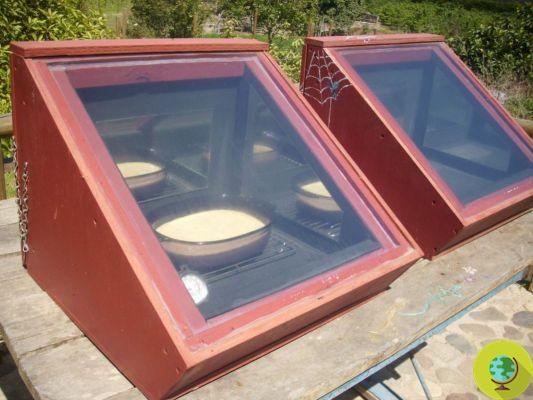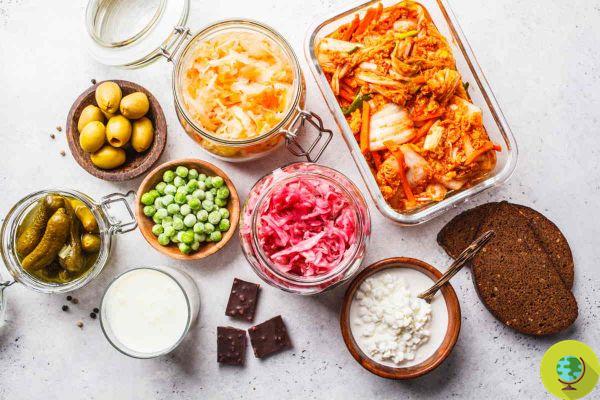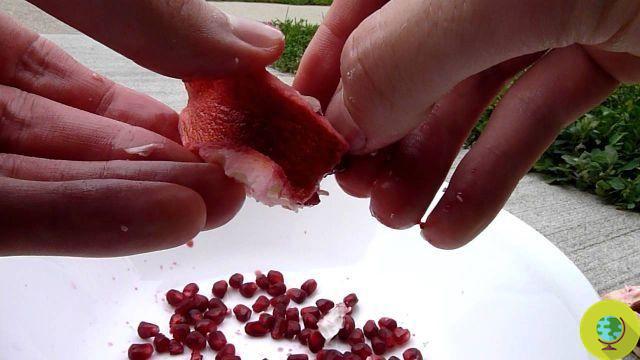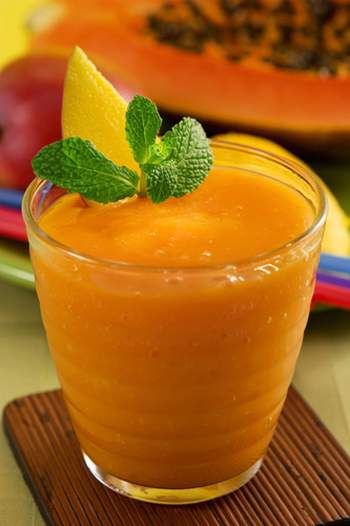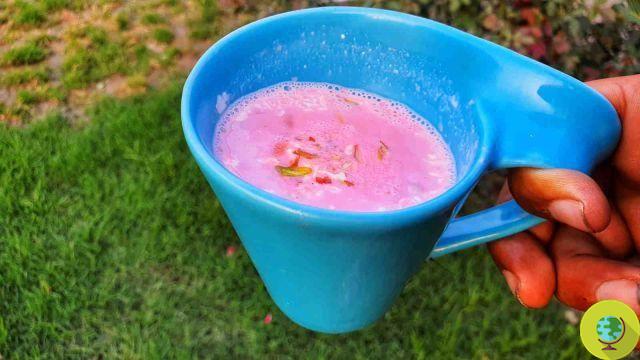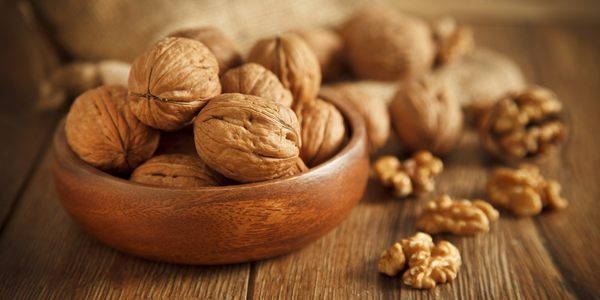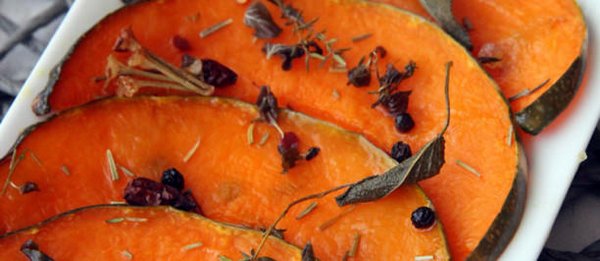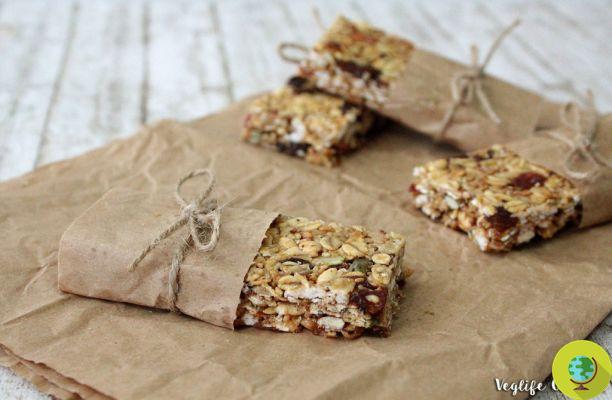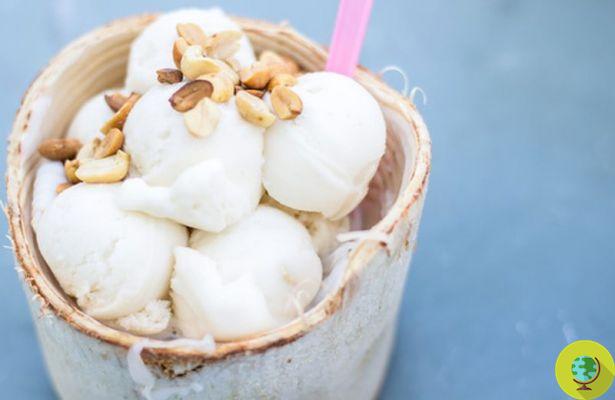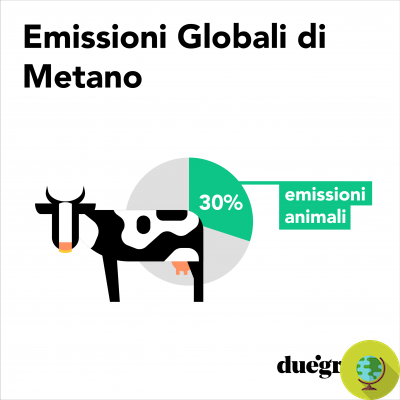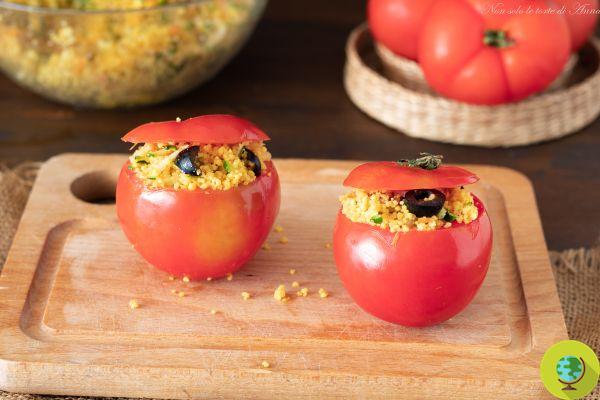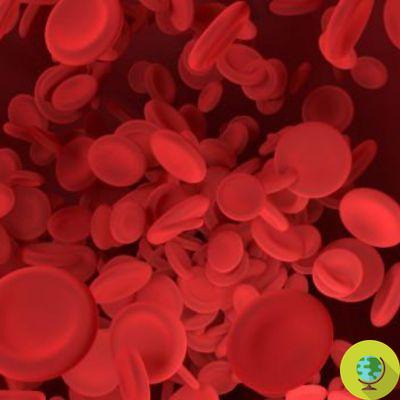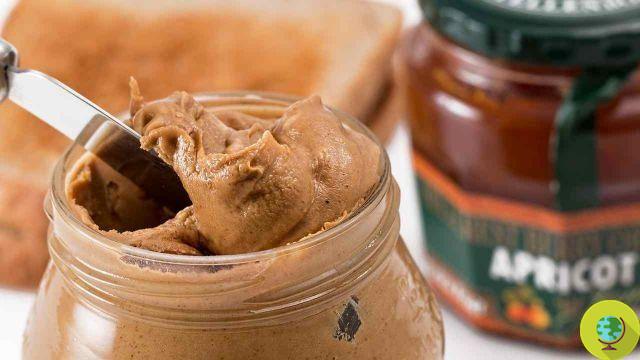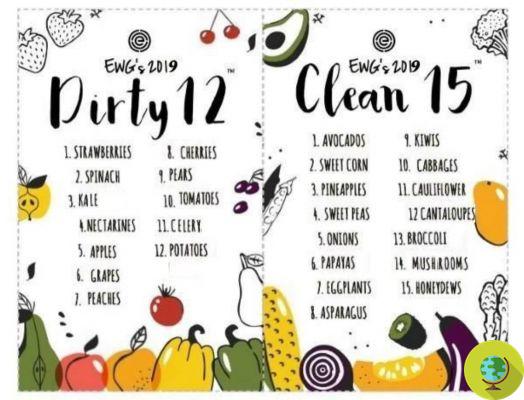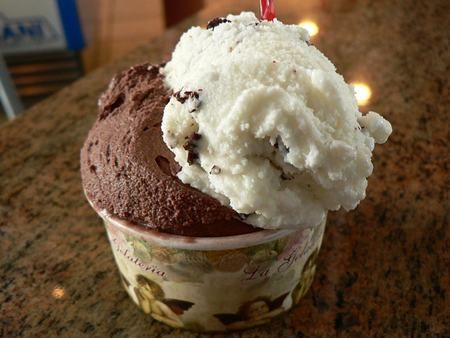We have already told you about Manuka honey, a natural product that comes from afar and is very expensive. In recent years, thanks to its properties, it has earned a good share of the market but what is really hidden behind its production?
Don't store avocado like this: it's dangerousWe have already talked about the Manuka honey, a natural product that comes from afar and is very expensive. In recent years, thanks to its fantastic properties, it has gained a good share of the market, but what really lies behind its production?
This honey comes exclusively from New Zealand as only there the Manuka plants (Leptospermum scoparium) grow spontaneously from whose flowers the bees extract a precious nectar. Thanks to a series of enzymes present in the saliva of these insects, the extracted substances are transformed and over the course of a few steps they become the real honey we all know.
To produce a teaspoon of Manuka honey, worker bees take a lifetime and to make half a kilo of this product they need to extract nectar from about 2 million flowers.
But why is it so famous? Undoubtedly for its properties that derive from those of the Manuka plants of which various scientific researches have confirmed the antibacterial, antiseptic, digestive, antioxidant, anti-inflammatory and stimulating power of the immune system.
Manuka honey is currently used as sweetener and food supplement but it is included as an active ingredient in some cosmetic products, for example soaps, creams, shampoos, deodorants, etc. But what lies behind its production?
Here are some things you probably don't know:
- Bees are manipulated to obtain honey and other products such as wax and propolis
- For the production of honey bees can be traded all over the world and if this occurs in inappropriate conditions it could give rise to stress, temperature changes, drowning and in general suffering for insects.
- During the many jobs that beekeepers carry out inside the hives some bees are crushed by mistake
- Sometimes smoke is used that is sprayed on the bees to calm them and thus be able to act in a simpler way inside the hives
- Beekeepers feed bees with artificial pollen substitutes and sugar syrup and this decreases the longevity of the hive. These insects should in fact feed, as nature wants, on honey and pollen that they themselves produce.
- Often the queen bee's wings are cut off so that it remains fixed in the hive and keeps it under control.
- Le regine they are artificially inseminated and they are allowed to live only for a fixed period after which they are replaced as their ability to produce eggs decreases and the hive therefore begins to become less profitable.
- Often beekeepers use pesticides and antibiotics to prevent parasites and this can harm bees but also contaminate honey.
- Many bees are deliberately killed. It is estimated that between 10% and 20% of hives in the United States are destroyed every winter and in many cases this happens because, after extracting the honey, abandoned bees die.
- Often the bee families are divided but in other cases two families are combined, thus killing the weakest queen bee.
- Given the conditions in which they are kept, bees can get sick from the overwork, pesticides used, inadequate food and stress.

All this of course it is neither ethical nor environmentally sustainable: bees are essential for the reproduction of most plant species and also for the animals that feed on them. 75% of the world's crops depend on pollination, but currently these insects are dying at a rate of 30% per year due to pollution, global warming, pesticides and other factors. The responsibility is obviously always with human beings.
On Manuka honey you may also be interested in:
- MANUKA HONEY: NATURAL ANTIBACTERIAL ALSO FOR CHILDREN (BUT WHICH TO CHOOSE?)
Do we really need Manuka honey and other types of honey (if produced in the same way)? Whenever possible we therefore choose local honey, produced by small ethical beekeepers or organic honey. Alternatively, to sweeten, we can opt for maple syrup, barley malt, molasses and fair trade cane sugar.




